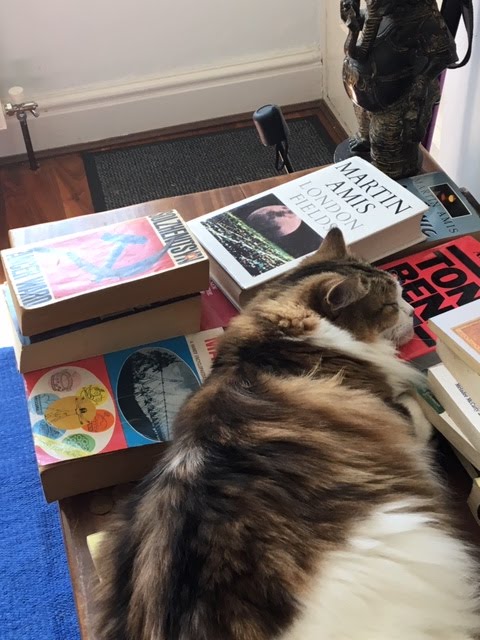A Start-Up
Who said a start-up had to be all glitz and glamour
and huge bank-loans to prop them up? I’m looking at a start-up, Indian style.
No bank loans, no business plans, no publicity.
Looking at, I said. Well, I had no
choice. In Bangalore I stayed with my aunt, Baby, a beautiful eighty-something
lady who is two years younger than me. (In many Kerala homes there is an
obligatory BABY, who stays BABY into the fag end of life). And when I looked
out of Baby’s front-window, there it was: the laundry, the SRI S R S Laundry, Washing, Iron, two lop-sided stars either end of
the name.
 The entrepreneur
was always busy when I got up in the morning and still busy when I closed shop
for the day. It was a one-man enterprise. When the man finished work for the
day, he closed the two green front panels of his ironing box, put a small
aluminium padlock on and went away. Not much to lock up in any case. There was
a power point on the ceiling of the container that he used, probably belonged
to the house behind his ‘laundry.’I wondered whether his wife washed the
clothes at home and he just ironed.
The entrepreneur
was always busy when I got up in the morning and still busy when I closed shop
for the day. It was a one-man enterprise. When the man finished work for the
day, he closed the two green front panels of his ironing box, put a small
aluminium padlock on and went away. Not much to lock up in any case. There was
a power point on the ceiling of the container that he used, probably belonged
to the house behind his ‘laundry.’I wondered whether his wife washed the
clothes at home and he just ironed.
He had his
regulars. Two young men turned up with predictable regularity. One came on a
bike with the laundry in front of his seat, the other had a moped, and his
laundry sat on his pillion. They’d stop, hand over the clothes for ironing, and
stay gossiping, one foot down on the ground. Meanwhile the laundry-man would be
sprinkling water on the clothes and spreading them out to iron.
The spot was
a social hub – the men and women who came by congregated, talked to each other,
while the owner-less dogs slept in the sun. From our house Baby always kept a
share for the laundry man when we had special sweets. She’d call him over and
pass the ladoos and jilebis to him through the iron railings of her house. When
we had things to iron they were also passed through in the same manner.
Ten rupees
to iron a shirt? I wondered whether he made enough money to feed himself and
his family, pay school fees for his children and the odd Bollywood blockbuster
at the local cinema, of a weekend. This laundry-man is one of many cheeky
start-ups in India who live from day-to-day, and make sure that their children
have all the chances they didn’t have – the freedom to choose that comes with
education.

